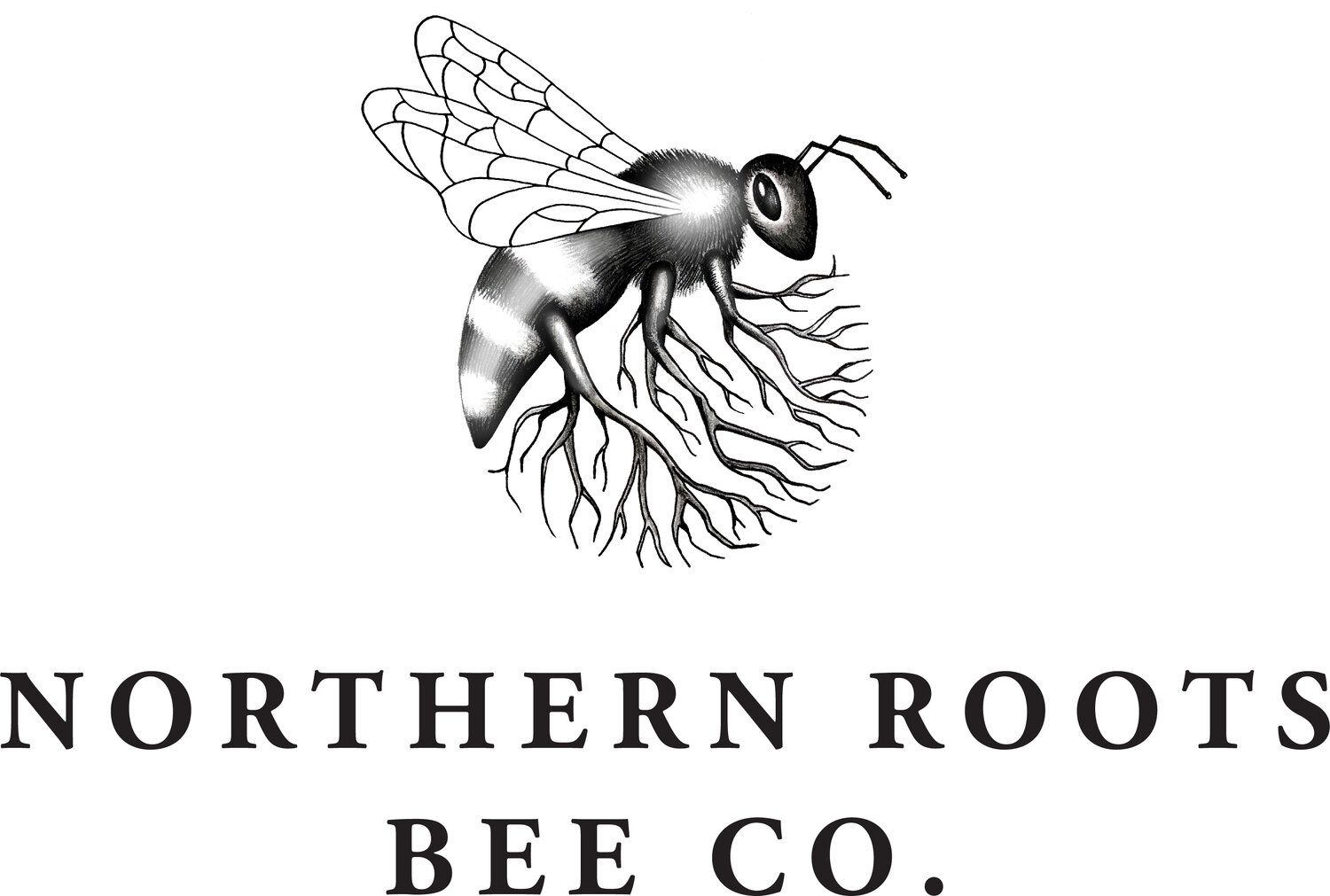Instrumental Insemination
Beekeeping has evolved significantly over the years, and one of the most precise and controlled methods for breeding queen bees is instrumental insemination. While natural mating is the norm, instrumental insemination allows beekeepers to control genetic selection, improve colony traits, and ensure consistent breeding results. In this post, we’ll explore what instrumental insemination is, how it’s done, and why some beekeepers choose this method.
What is Instrumental Insemination?
Instrumental insemination is a technique in which a queen bee is artificially inseminated using semen collected from specific drones. This process eliminates the randomness of natural mating flights, allowing beekeepers to select for desirable traits from both the maternal and paternal lines such as disease resistance, honey production, and temperament.
The Process of Instrumental Insemination
Instrumental insemination requires highly specialized (and very expensive!) equipment and a steady hand, as the procedure is delicate and precise. I was fortunate enough to attend a workshop on instrumental insemination at the E.L. Niño Bee Lab at UC Davis a few years ago.
Collecting Drone Semen:
Drones (male bees) are collected from selected colonies known for desirable genetic traits.
A light abdominal pressure is applied to the drones to expose and collect semen using a fine glass capillary tube.
The collected semen is stored carefully to maintain viability.
“Popping” the drone to expose the semen for collection.
Preparing the Queen:
A virgin queen is placed in a specialized holder under light anesthesia (carbon dioxide) to keep her still.
The queen’s reproductive tract is gently exposed using precision instruments.
The queen inside of the CO2 chamber.
The insemination “rig” with a queen ready to be inseminated.
Insemination Procedure:
The collected semen from multiple drones (to ensure genetic diversity) is injected into the queen using a fine capillary tube.
The procedure is performed with the aid of a microscope for accuracy.
My view of the queen’s spermatheca through the eye of the microscope.
Recovery and Introduction to a Colony:
The inseminated queen is allowed to recover in a controlled environment.
She is introduced to a nuc where she begins laying eggs within a few days.
Why Do Beekeepers Use Instrumental Insemination?
While most beekeepers rely on natural mating, instrumental insemination is beneficial for specific breeding programs. Here’s why some beekeepers choose this method:
Precision Breeding: It allows beekeepers to control the genetics of the queen, ensuring desirable traits are passed on.
Improved Disease Resistance: Beekeepers can select for bees that show resistance to pests and diseases like Varroa mites and American foulbrood.
Stronger Honey Production: Colonies can be bred specifically for higher productivity.
Temperament Control: Beekeepers working in urban settings or with beginner-friendly colonies can prioritize gentle, non-aggressive bees.
Conservation of Genetics: Some beekeepers use instrumental insemination to preserve and propagate rare or endangered bee genetics.
Cole practicing instrumental insemination
Who Uses Instrumental Insemination?
Clearly instrumental insemination is a highly specialized aspect of beekeeping not commonly used by hobbyist beekeepers. It’s more commonly used by commercial queen breeders who are producing queens for large-scale apiaries and research institutions where scientists are studying bee genetics. We don’t see ourselves ever employing this at Northern Roots Bee Co., but it was super interesting and fun to learn more about this technique and try our hands at it.





